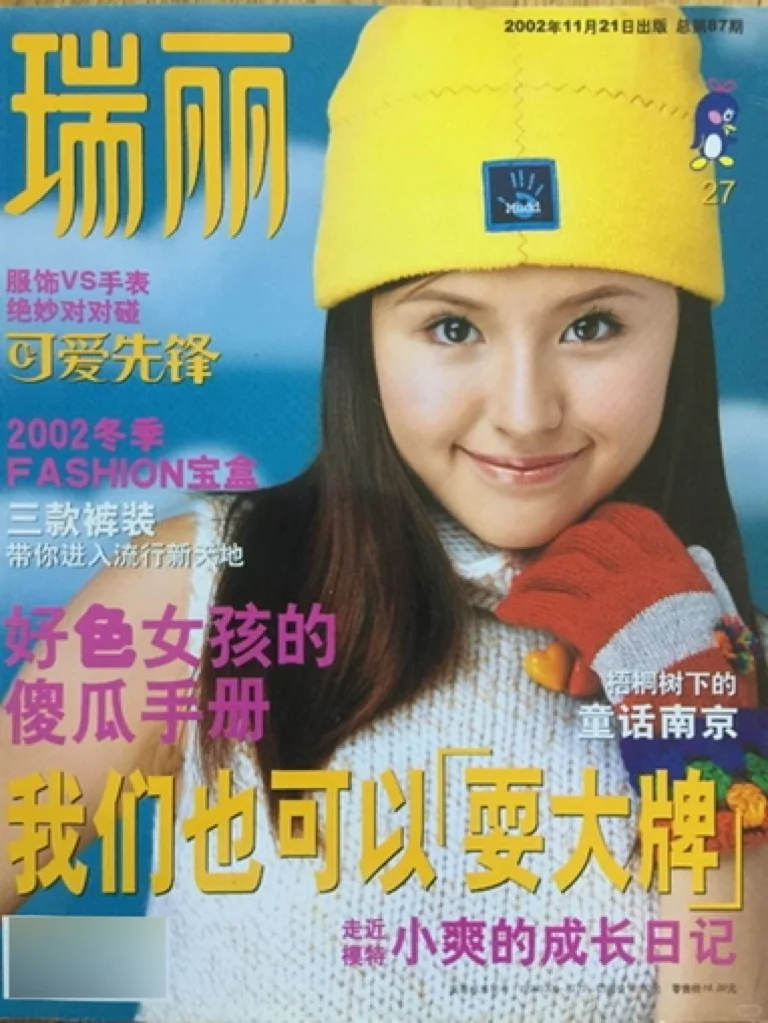🔗 The Aesthetics of Economic Upturn

A new phrase is sweeping social media in China: “the aesthetics of economic upturn.”
While there are many semantic (money and taste), visual (lighting), and ‘anemoiac’ (‘good times’) similarities between this and the US centered ‘boom boom aesthetic’ as defined in 2024 by Sean Monahan; this local manifestation is specific to the nostalgia surrounding millennial era economic reform in China.
With that is a key differentiator, this connotes the aesthetic memory of the aspirational Chinese middle-class more than the gilded villains of ‘Boom Boom’s’ 1 percent – and traces its lineage to the class aesthetics of Tu Hao and Tu Wei, which we wrote about here.
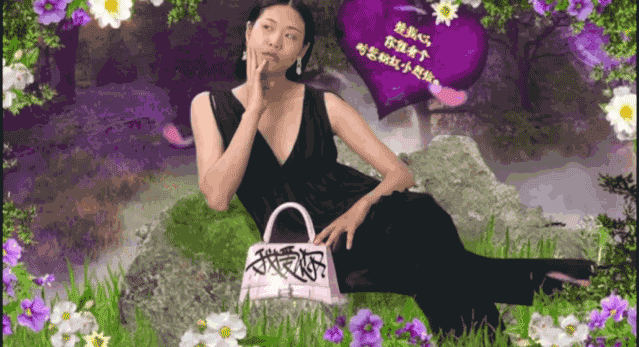
As a millennial and an enthusiast of that time, I’ve been reflecting on what this period means to me personally and indeed, it brings back memories of a buoyant state of mind. Here’s my own recollection of this aesthetic, based on feelings and things that my generation instinctively understand without the need for further definition.
It’s the memory of a Nokia phone ringing out popular songs; requesting love songs on late-night radio, or your QQ window playfully shaking when a friend pokes you.
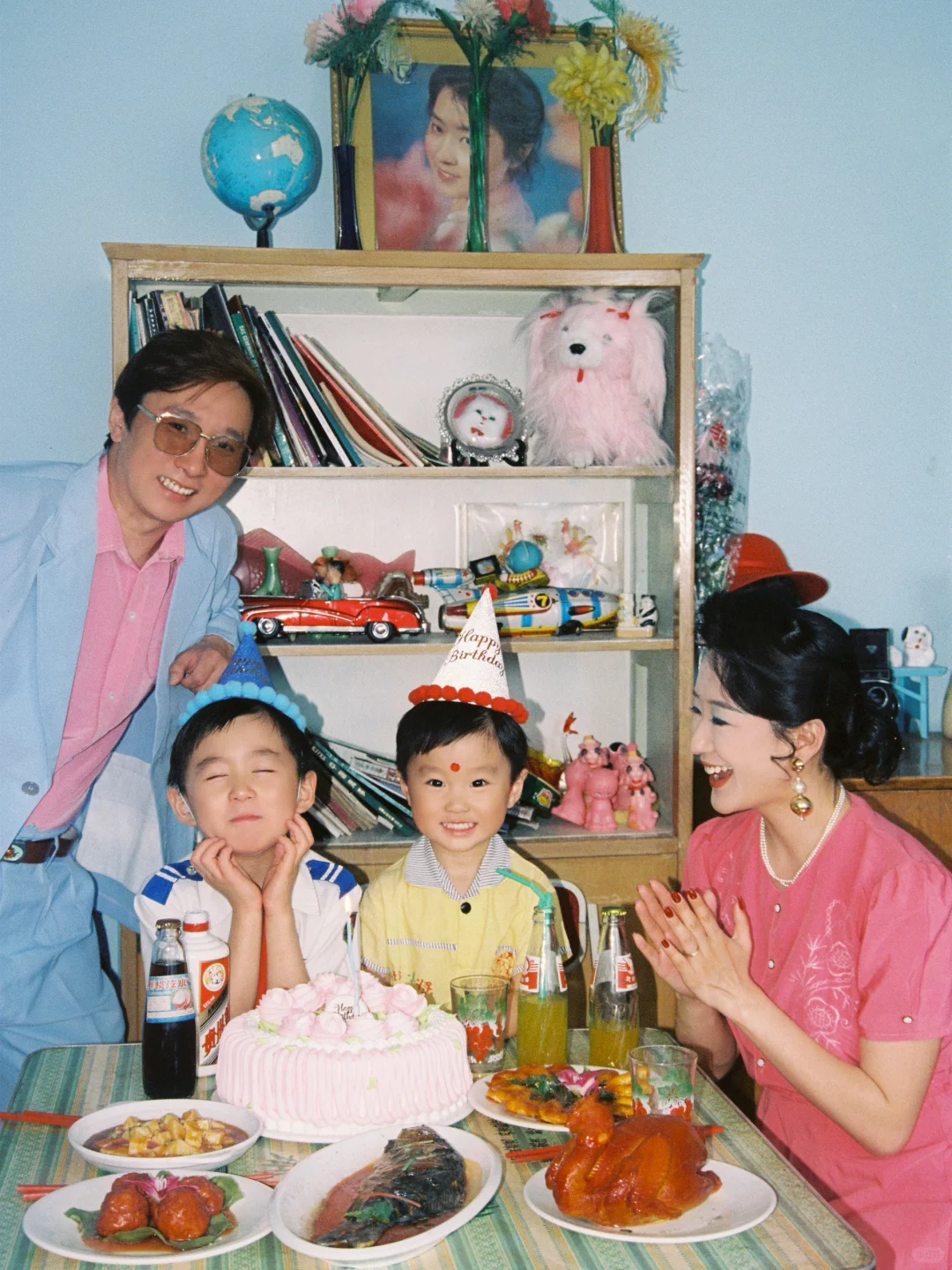
It’s disco balls spinning in KTV lounges, Juicy Couture tracksuits paired with rhinestone belts, low-rise flared jeans, and glossy PVC shoulder bags. A time when flamboyance was just starting to surface, and confidence felt new, bold, and fun.
Maximalism and Dazzling Visuals
In the late 1990s, China began moving beyond the constraints of a planned economy, stepping into a marketplace of abundance and infinite choices. Suddenly, there was more of everything.
Rows of vibrant, patterned clothes in department stores, glittering backpacks and neon accessories lining Guangzhou’s famous pedestrian streets; domestic phones with LEDs and booming ringtones competing with the dazzling neon of Shanghai nights.

Though material goods and options multiplied, social class lines hadn’t yet hardened, and aesthetics weren’t yet tied to the notion of “elite taste.”So, elements were joyfully stacked and combined in excess – chaotic, energetic, and visually mesmerizing. This maximalist excess is the essence of the aesthetics of economic upturn.
Blurred Boundaries, Inclusive Vibes
Those years were a unique moment in global history. The Cold War hadended, the US held the reins of a “unipolar world,” and free trade was on therise. China joined the WTO in 2001, tariffs dropped, and international flightsfilled up.
“Global village” was the buzzword. Bookshops displayed Thomas Friedman’s TheWorld Is Flat, and headlines repeated an exhilarating message: the worldwas opening up, distances were shrinking.
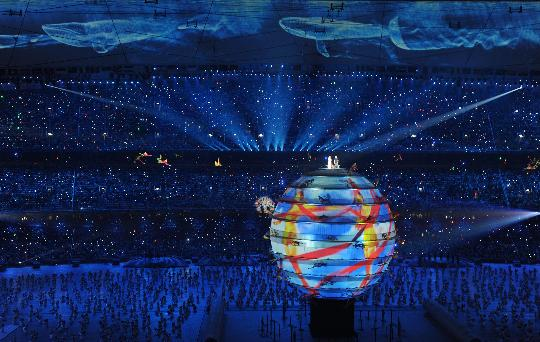
Hollywood blockbusters like Titanic and The Lion King hit Chinese theaters. Pop culture from Hong Kong, Taiwan, Japan, and Korea surged in: Meteor Garden was all the rage at school, and Jay Chou, BoA, and TVXQ were always playing in young people’s headphones. Joining the “KoreanWave” or “Japan Wave” became the latest sign of being cool and in the know.
This seamless flow of culture reflected an era of optimism: steady exchange rates, decent wages, manageable risks. People were willing to spend on the novelty of new things from abroad, and foreign sounds promised fresh possibilities.
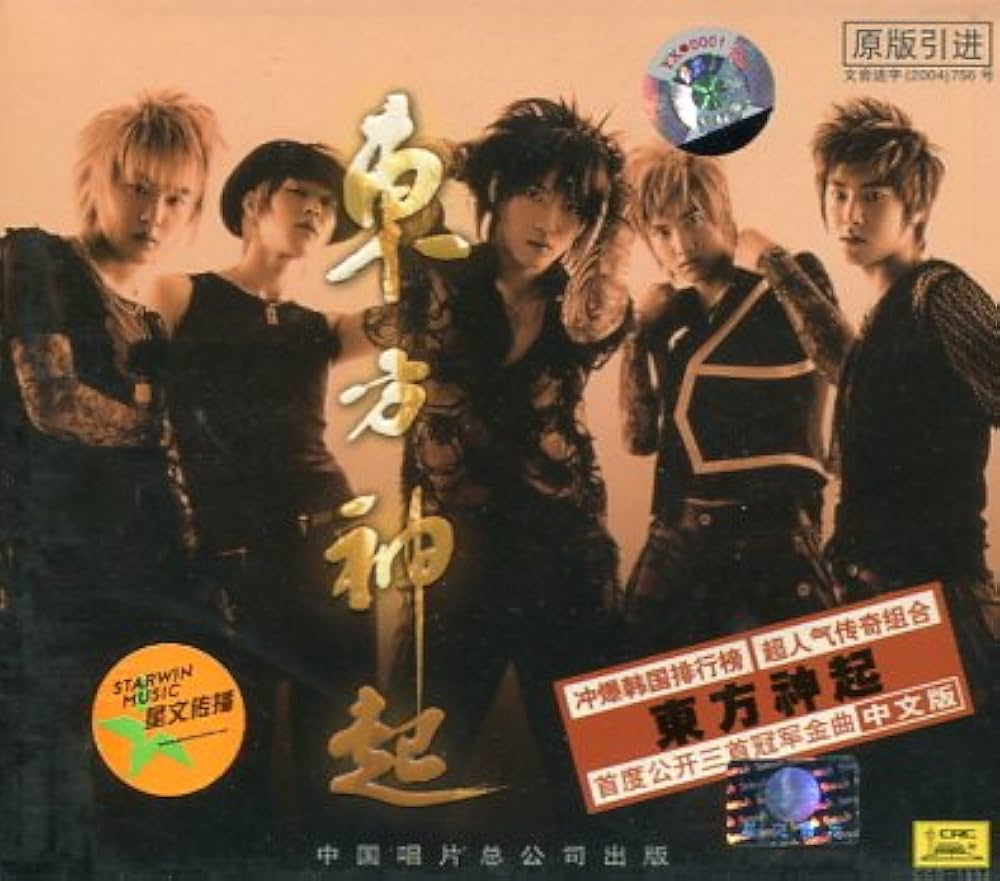
Daring, Individualistic Energy
The turn of the millennium felt like China had turned up the volume overnight. The government encouraged cultural industries; new media platforms like text messaging, web portals, and QQ amplified every voice.
When my home computer first got connected to the internet, I would spend hours assembling free virtual outfits for my QQ avatar and curating graphics for my personal page, sourced from all over the web.
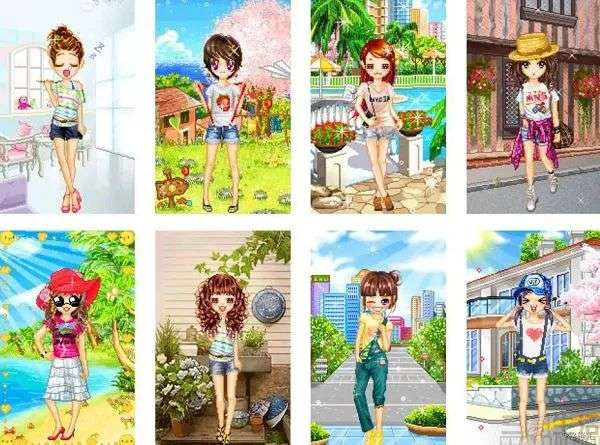
Individuality, once a privilege, was now public emotion, energized by optimism and new media. Cautiousness gave way to exuberance, and, for the first time, a new generation loudly declared, “I am who I am.”
Jay Chou’s orange-clad “M-Zone” ad played on repeat: “In my territory, I call the shots.” Reality shows like Super Girl and My Show launched, letting regular girls and boys take the stage and proudly sing, “Sing as you wish, sing it loud.”
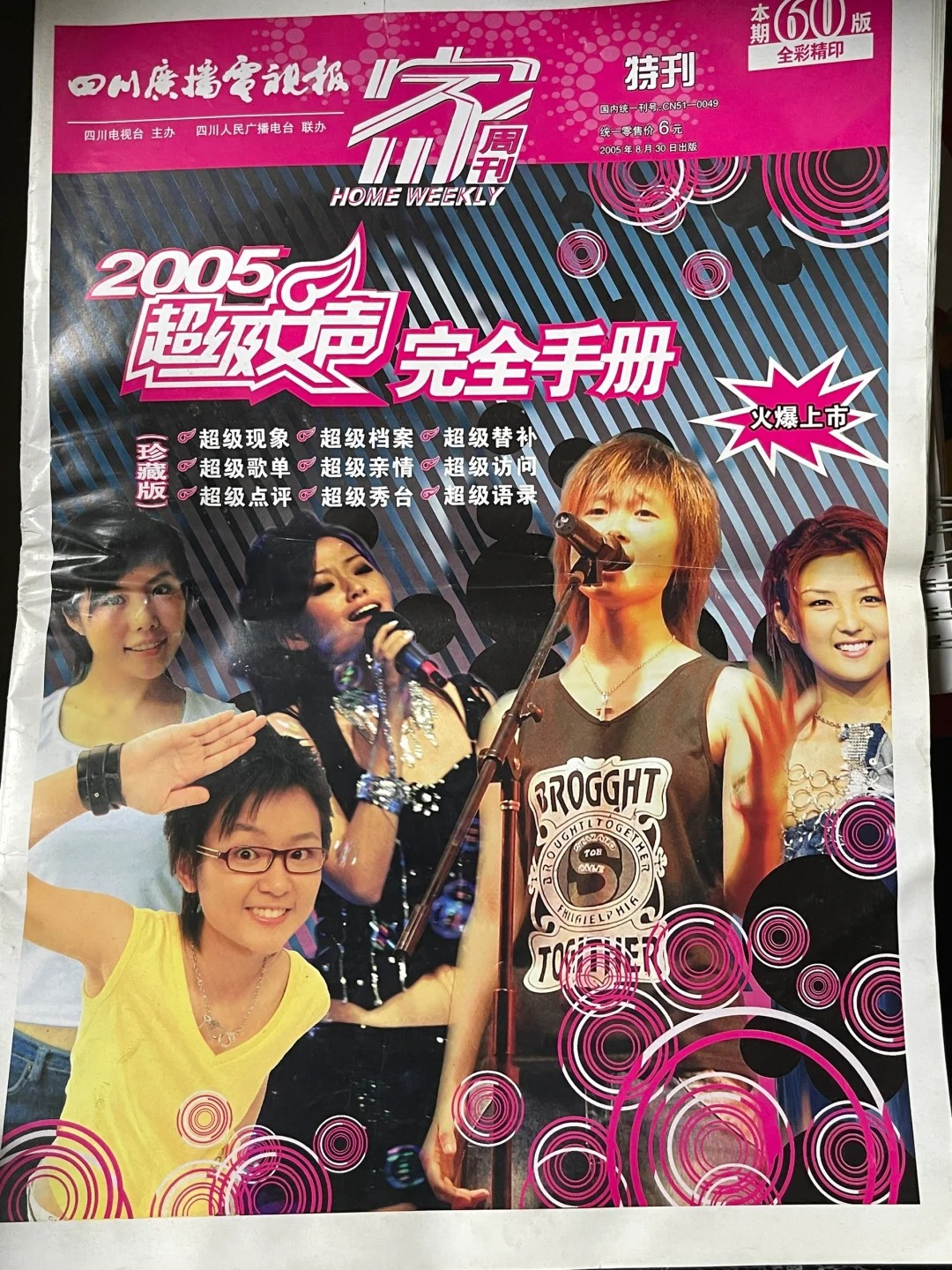

Interest-based communities began to form: “Shamate” kids and the “Zang AiFamily” sported colorful hair and coded language, while cosplayers in dramatic costumes made a splash at the first ChinaJoy, offering a spectacle reminiscent of Japan’s peak years.
.webp)
Why Are We Looking Back Now?
Today, aesthetics and class are more tightly linked than ever. Trends like “clean girl” and “old money” dominate. Phrases calling for rebellion against class led aesthetic cliques like “be yourself” and “defy labels” are still around, but now they feel like empty marketing narratives. In the search for something new, something old strongly appeals.
Douyin (TikTok) makes it easy to copy video templates, Xiaohongshu offers endless “Once‑in‑a‑lifetime photos” tutorials, and influencer check-ins and“must-visit” lists are the latest travel goals. The ‘aesthetics of economic upturn’ take us back to a time and place of nascent change, where lifestyle and leisure were truly transforming.
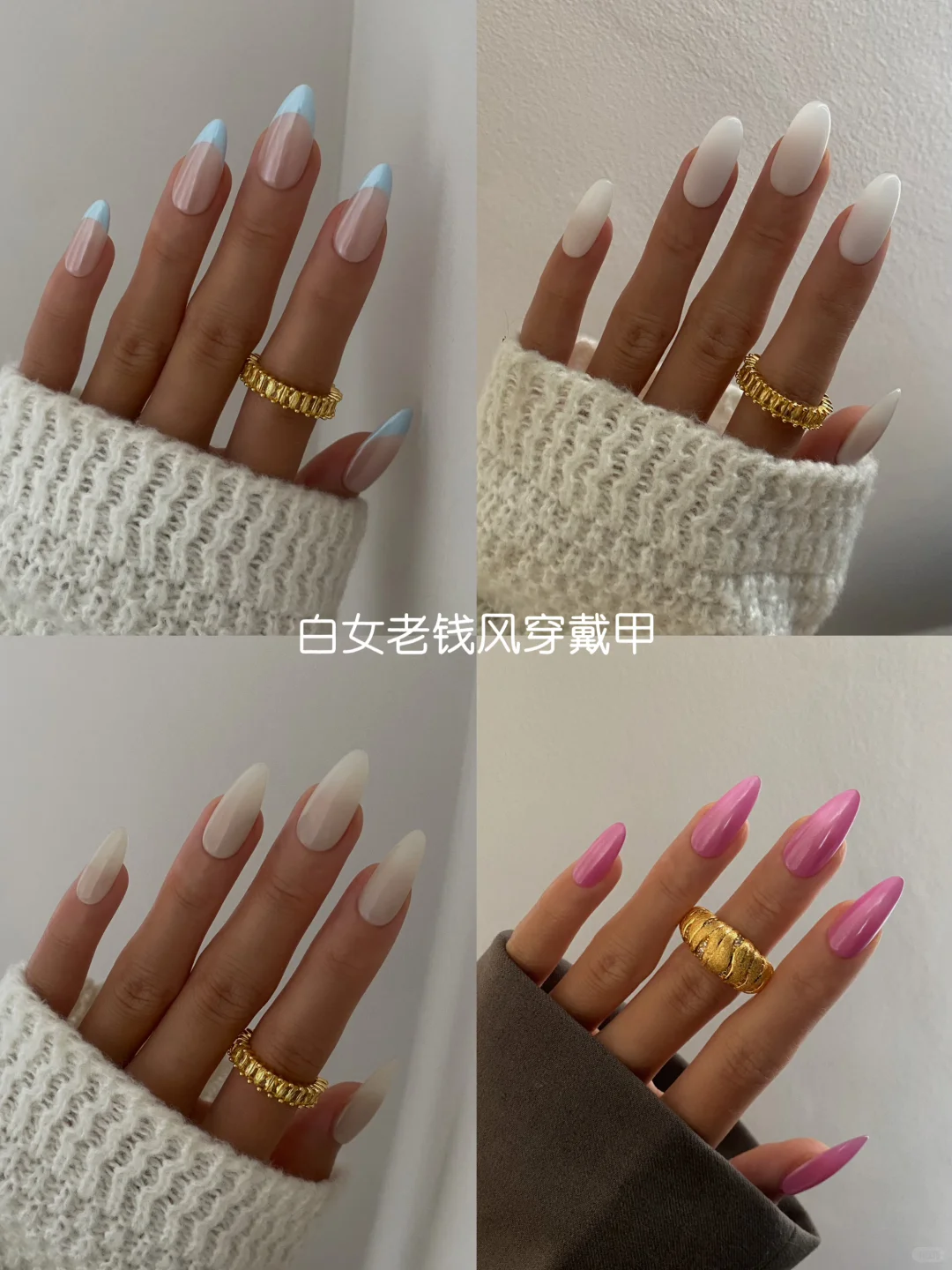
Image via RED
Finally, and most importantly, the energy of our current era has shifted from economic exuberance to fiscal resilience. Effort and risk-taking rarely yield the high returns they once did for young entrepreneur, and young people navigate a competitive world with more caution. This downturn has fomented a sense of aesthetic austerity – even if it often takes the guise of ‘quiet luxury’ for a wealthy class who want to keep their money a secret.
Maybe we revisit the aesthetics of economic upturn because we miss a time that was unique and vibrant, when differences were celebrated and social class boundaries were more fluid? That memory reminds us: even if things feel stagnant, that former sense of diversity and optimism weren’t an illusion – they were real possibilities.
